1. Tip Almost Everyone

In the United States, tipping is an integral part of many service industries. It’s not just limited to restaurant waiters; Americans are expected to tip hairdressers, taxi drivers, hotel porters, and even baristas. This custom stems from the way wages are structured in many industries, where employees rely heavily on tips to supplement their income. For visitors unfamiliar with this practice, understanding when and how much to tip can be a challenge. In some cases, gratuity is even added to the bill, making it an additional cost for tourists to navigate.
The idea of tipping can be confusing for people from countries where service charges are included in the price or where tipping is not as prevalent. For example, in many European countries, tips are usually small and optional, often rounded up on the bill or given only for exceptional service. In contrast, in America, a tip of 15% to 20% is the norm, and not leaving a tip can be seen as a sign of poor service or dissatisfaction. This cultural difference can make dining out and receiving services a bit stressful for visitors unfamiliar with the custom.
2. Super-Size Everything
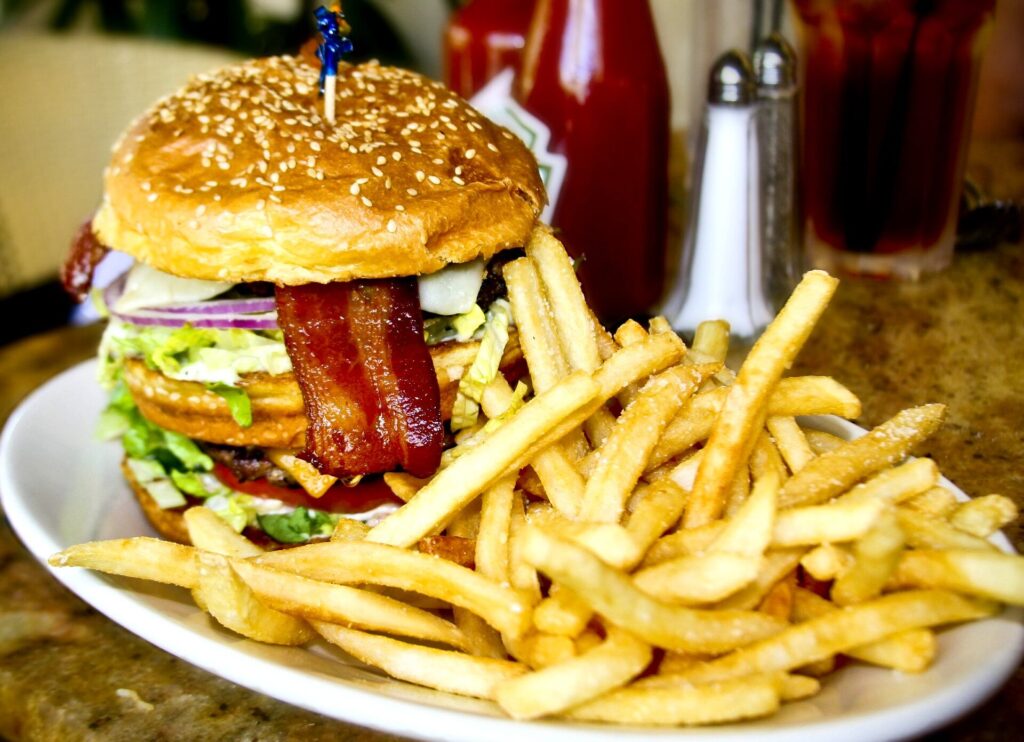
Americans are known for their love of larger portions, and this is evident in nearly every aspect of daily life. Whether it’s soda cups that could double as small bathtubs or bags of chips that are meant for a family rather than a single person, Americans have mastered the art of excess. This tendency towards “super-sizing” has become an iconic part of American culture. In the U.S., it’s common to see fast food meals that come in sizes that would seem absurd in other countries, particularly when it comes to snacks and drinks.
The culture of “more for your money” has led to portion sizes that boggle the minds of those from countries with more moderate serving sizes. For example, a standard American restaurant meal might contain enough food to feed two people in countries like Japan or France. The concept of portion control, which is widespread in many other parts of the world, has largely been overshadowed in America by the desire for bigger, cheaper, and more filling portions. While this approach to food can be tempting for many, it has also contributed to the growing concerns over obesity in the U.S. and the global conversation about healthier eating habits.
3. Celebrate High School Sports Like the NFL
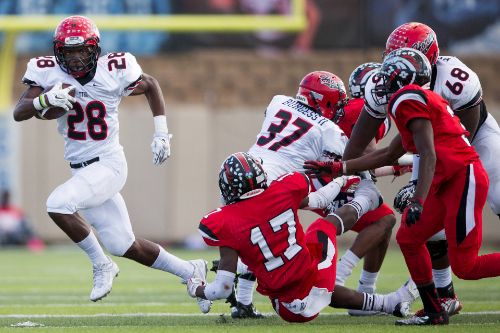
In many countries, school sports are relatively low-key affairs, with a few students participating for fun, but in the U.S., high school sports are a major event. High school football games, in particular, can draw crowds that rival professional sporting events in other parts of the world. In small towns across America, Friday night football games are the social highlight of the week, and the entire community often shows up to cheer for the local team. With marching bands, cheerleaders, and even elaborate tailgating traditions, it’s a full-fledged event that feels more like a professional league than a school activity.
This enthusiasm for high school sports can seem excessive to people from countries where sports at the school level are not nearly as celebrated. For instance, in places like Europe or Asia, school sports are often seen as a form of extracurricular activity or something for physical education classes. In contrast, American high school sports are an immersive cultural experience where athletes can become local heroes. The level of commitment from students, families, and even local businesses to high school sports can be overwhelming to outsiders, yet it’s an ingrained part of American culture that many people take great pride in.
4. Celebrate Thanksgiving (and Make It Bigger than Christmas)

Thanksgiving is a uniquely American holiday, and it’s celebrated with an enthusiasm that rivals, or even surpasses, Christmas in some households. The holiday, which commemorates the Pilgrims’ feast with Native Americans, is centered around family gatherings, food, and football. In most American homes, the centerpiece of the celebration is the turkey, which is often accompanied by mashed potatoes, cranberry sauce, and other traditional dishes. Parades and charity events are also common, with the Macy’s Thanksgiving Day Parade in New York City being a major televised spectacle.
For many Americans, Thanksgiving is even more important than Christmas. While Christmas is often commercialized with gifts and decorations, Thanksgiving focuses on spending time with loved ones and reflecting on what one is thankful for. The idea of a large, multi-generational family meal is something that resonates deeply with Americans. The sense of togetherness and the emphasis on gratitude and family make this holiday a cultural staple that’s distinctly American and sets it apart from other countries that don’t share this tradition.
5. Embrace Drive-Thrus for Everything
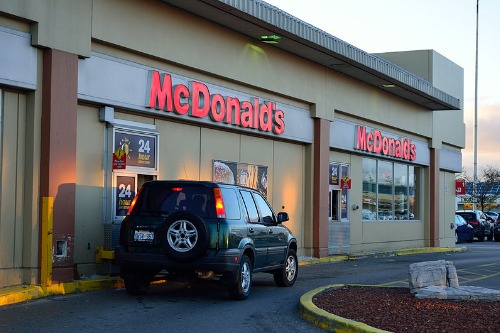
Drive-thru services are a quintessential part of American convenience culture. In the U.S., it’s not uncommon to find drive-thru options for fast food, coffee, banking, pharmacies, and even dry cleaning. This obsession with driving through, rather than walking inside, has transformed the way Americans interact with businesses. Whether it’s grabbing a cup of coffee on the way to work or picking up a prescription without leaving the car, the drive-thru has made many aspects of life quicker and easier. This level of convenience is so embedded in American life that it’s hard to imagine going without it.
However, this emphasis on drive-thru services can be puzzling for visitors from countries where walking into a store or restaurant is the norm. In many European cities, for instance, public transportation is more widely used, and people are accustomed to shopping or dining in person. The sheer number of drive-thrus in America makes it clear that convenience is a top priority, often at the expense of face-to-face interactions. For travelers used to the more traditional way of doing things, seeing so many drive-thru options can feel like a strange, almost surreal aspect of American life.
6. Start Conversations with Strangers

Americans are known for their outgoing, friendly nature, and this often translates into striking up conversations with complete strangers. Whether it’s in line at a grocery store, at a coffee shop, or even while waiting for an elevator, it’s common for Americans to engage in casual conversation with people they don’t know. This openness can range from small talk about the weather to more personal topics like family or travel. It’s a cultural norm that reflects the broader American emphasis on sociability and friendliness.
In many other parts of the world, however, personal space and privacy are highly valued, and striking up conversations with strangers can be seen as intrusive or inappropriate. For example, in many European countries, people are generally more reserved in public, and engaging in spontaneous chit-chat with strangers may be considered strange. The American tendency to talk to anyone, anywhere can come across as refreshing to some, but overwhelming or even uncomfortable to others. Despite these cultural differences, starting conversations with strangers is a defining characteristic of the American social experience.
7. Put Ice in Everything

Americans have a unique affinity for cold drinks, and that often means ice is a constant presence in every beverage. Whether it’s a soda, iced tea, or even water, drinks in the U.S. are almost always served with a generous amount of ice. This practice might seem excessive to visitors from countries where drinks are typically served at room temperature or where ice is a rare addition. For example, in parts of Europe and Asia, people often drink water at ambient temperatures, and adding ice to water or soft drinks might be seen as unnecessary.
The prevalence of ice in American beverages has its roots in the country’s past, particularly in the 19th and 20th centuries, when refrigeration became widely available. Ice became a symbol of luxury and comfort, and it’s now a deeply ingrained part of American dining culture. For tourists, the idea of always having ice in a drink can be jarring, especially if they’re accustomed to the more minimalistic approach to beverage service found in other parts of the world. Nonetheless, for many Americans, a drink just isn’t complete without a generous serving of ice.
8. Fly the Flag Everywhere
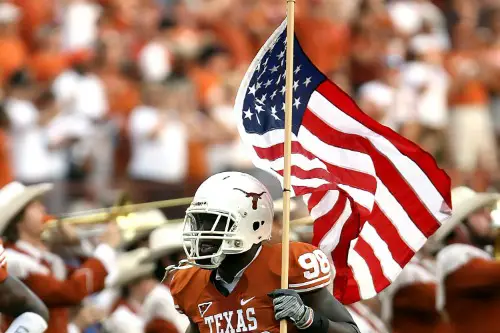
The American flag is an omnipresent symbol of pride and patriotism in the United States. It can be found flying outside homes, at schools, on government buildings, at gas stations, and even on clothing and accessories. For Americans, the flag is a powerful symbol of their national identity, and showing it off is a common way to express loyalty and love for the country. While flag displays are seen during major holidays like the Fourth of July or Memorial Day, the American flag is often on display year-round, creating a visual connection to the country’s heritage and values.
For visitors from countries where flag displays are more formal and reserved for special events, this abundance of flag-flying can seem overwhelming or even excessive. In some nations, flags are flown only on national holidays or during official events, and displaying the flag in everyday settings is not as common. The sheer number of American flags seen across the country can be surprising for tourists who come from places where such displays are not as prevalent. In America, however, flying the flag is a daily reminder of national pride, unity, and patriotism.
9. Offer Free Refills at Restaurants
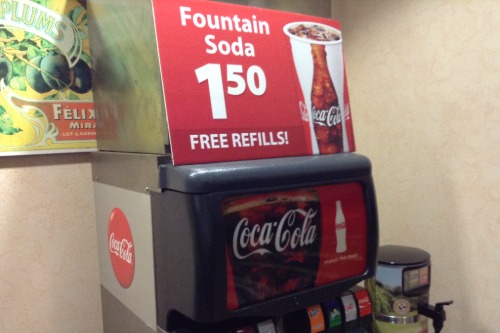
One of the most beloved features of dining out in the United States is the concept of free refills. At most American restaurants, if you order a soft drink or iced tea, you can enjoy unlimited refills for the same price. This is a part of the American dining experience that often baffles visitors from countries where drinks are served in fixed portions and refills come with an additional charge. In many other parts of the world, customers are expected to pay for each drink they consume, so the idea of refilling a drink without extra cost is a unique phenomenon in the U.S.
While this may seem like a generous offer, it also reflects the American value of getting more for your money. Many restaurants in the U.S. use free refills as a way to encourage customers to spend more time and money in their establishments. For Americans, it’s a standard practice, and people are often surprised when they travel abroad and find that refills are not offered. For those from countries without this tradition, it may seem like an odd luxury, especially in comparison to places where every additional drink costs extra.
10. Add Sugar to Everything (Even Bread)
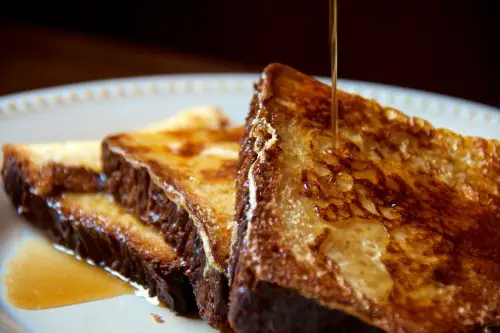
Sugar has a surprising role in American cuisine, with many dishes that would be considered savory in other countries being sweetened. Bread in the U.S., for example, often contains sugar, making it taste sweeter than what one might find in other parts of the world. Even items like ketchup, peanut butter, salad dressings, and even pizza sauce often have added sugar. This penchant for sweetness in unexpected places can be jarring for visitors from countries where the use of sugar is more restricted to desserts and beverages.
This sugar-heavy approach to food is part of a broader cultural trend in the U.S., where sweetness is seen as a desirable flavor profile. Many American snacks, for example, are laden with sugar or high-fructose corn syrup. This has led to growing concerns over public health, particularly in regard to the rising rates of obesity and diabetes. Despite the health implications, the preference for sweetened foods is deeply ingrained in American eating habits, and visitors often find it odd to taste sweetness in places where they would expect a more savory or neutral flavor.
11. Treat Air Conditioning Like a Necessity
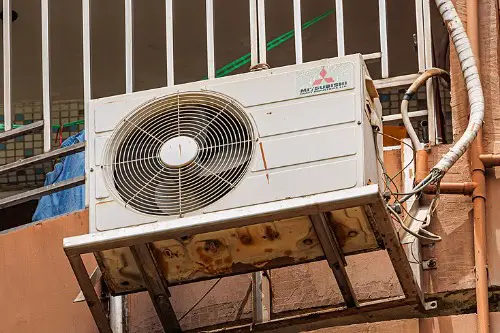
For most Americans, air conditioning is a must-have, not just during the hottest months of summer but year-round. From homes and offices to malls and movie theaters, it’s common to find places cooled to freezing temperatures, even in winter. The widespread use of air conditioning is a defining feature of American comfort culture. It’s seen as a way to ensure productivity, relaxation, and well-being, particularly in regions with scorching summers, like the Southern and Southwestern U.S.
This constant coolness, however, can be perplexing to visitors from countries where air conditioning is seen as a luxury or even an unnecessary expense. In places like Europe and Japan, buildings may be designed with natural ventilation in mind, and air conditioning is used sparingly, often only in commercial buildings or extreme cases. Americans, however, have made air conditioning so integral to their daily lives that stepping into a room without it can feel almost unbearable. For tourists from climates that prioritize energy conservation, the heavy reliance on AC in the U.S. can be a shocking contrast to their own experiences.
12. Obsess Over College Sports
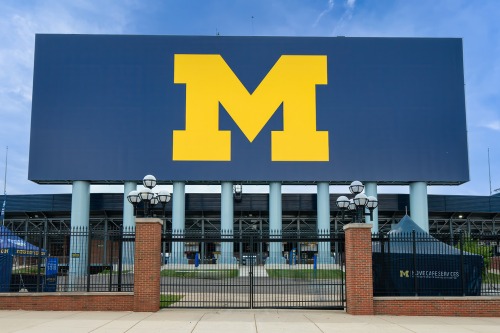
College sports are an enormous part of American culture, with college football, basketball, and other sports drawing huge crowds and even bigger television audiences. These games are often treated with the same fervor and intensity as professional sports events, and rivalries between universities can turn into major spectacles. For Americans, college sports are an important part of their identity, and supporting a team is seen as an essential aspect of school spirit and local pride.
For visitors from countries where university athletics are not as high-profile, the passion surrounding college sports can be hard to understand. In places like the UK or Europe, universities are generally not associated with large-scale sporting events, and sports teams are more closely tied to professional leagues. In the U.S., however, college sports have a dedicated following, with stadiums that hold tens of thousands of fans, cheerleaders, and marching bands adding to the spectacle. This fervor is so ingrained in American culture that it’s sometimes hard to distinguish between college and professional-level sports in terms of commitment and intensity.
13. Measure in Inches, Feet, and Miles
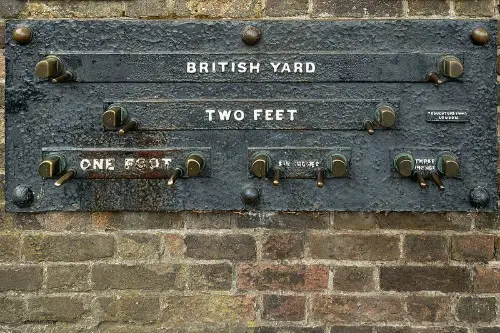
One of the most notable differences between the U.S. and the rest of the world is the use of the imperial system of measurement. While nearly every other country uses the metric system, the U.S. sticks to inches, feet, and miles for measuring length, and pounds and ounces for weight. This can create confusion for visitors, especially when they need to convert between the two systems. For example, distances are measured in miles, but speeds are displayed in miles per hour, leaving tourists from countries with the metric system constantly converting measurements in their heads.
The reliance on the imperial system means that many everyday tasks in the U.S. require a different understanding of units than those used elsewhere. A recipe might call for cups and tablespoons, while other countries use grams and liters. People traveling to the U.S. may struggle with common measurements and find themselves constantly checking conversion charts or apps. This cultural divide in measurement systems is a practical challenge for international visitors, yet it remains firmly entrenched in American daily life.
14. Use Lawsuits as Conflict Resolution

In the United States, lawsuits are often seen as a viable solution to disputes, and the American legal system is relatively easy to access for those seeking to settle differences. Whether it’s a personal injury case, a contractual disagreement, or even a dispute over a neighbor’s tree, Americans are quick to resort to legal action. The country’s litigious culture has resulted in a proliferation of personal injury lawyers, class-action lawsuits, and the widespread use of the legal system for resolving everyday problems.
For people from countries where legal systems are less accessible or where disputes are typically settled through mediation or negotiation, this culture of litigation can seem extreme. In countries like Japan or many European nations, the legal process is often seen as a last resort, and people are more likely to work things out amicably or through arbitration. In contrast, Americans frequently view lawsuits as a straightforward way to seek justice and compensation, making it a unique aspect of American society that stands apart from many other nations.
15. Drive Everywhere (Even to the Neighbor’s House)

In America, cars are king. Suburbs are spread out, public transit isn’t always an option, and Americans are accustomed to hopping in the car for even the shortest trips. Visitors from countries with compact cities and efficient transit often marvel at how attached Americans are to their vehicles.
America’s quirks make it fascinating and, at times, bewildering to outsiders. But those same habits are part of what gives the country its character. What might seem odd to the rest of the world is just another day in the land of stars and stripes.


